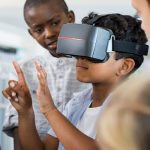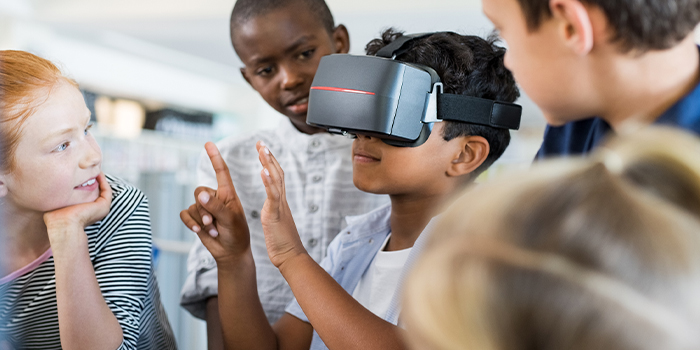Abstract
This paper describes a pilot study to explore how introduction to robot programming influences the motivation of new engineering students. Robots are significant in several industries and are vital in advancing critical sectors like defense, manufacturing, medicine, and exploration. When students learn about robots with scaled-down models, they risk not adequately appreciating the physical scale, abilities, and dangers associated with real-world robots. Accordingly, introducing realistic robots to all engineering students, not just those in robotic-centric programs, is essential to prepare them for the modern workplace. That said, industrial-scale robots are expensive to acquire and maintain, and access to them may be restricted, requiring elevated privileges or time-sharing between students, and a cheaper, more accessible solution is needed.
We describe the implementation of an industrial robot arm in Augmented Reality (AR) head-mounted displays (HMDs) and assess its impact on the motivation of first- and second-year engineering students.

